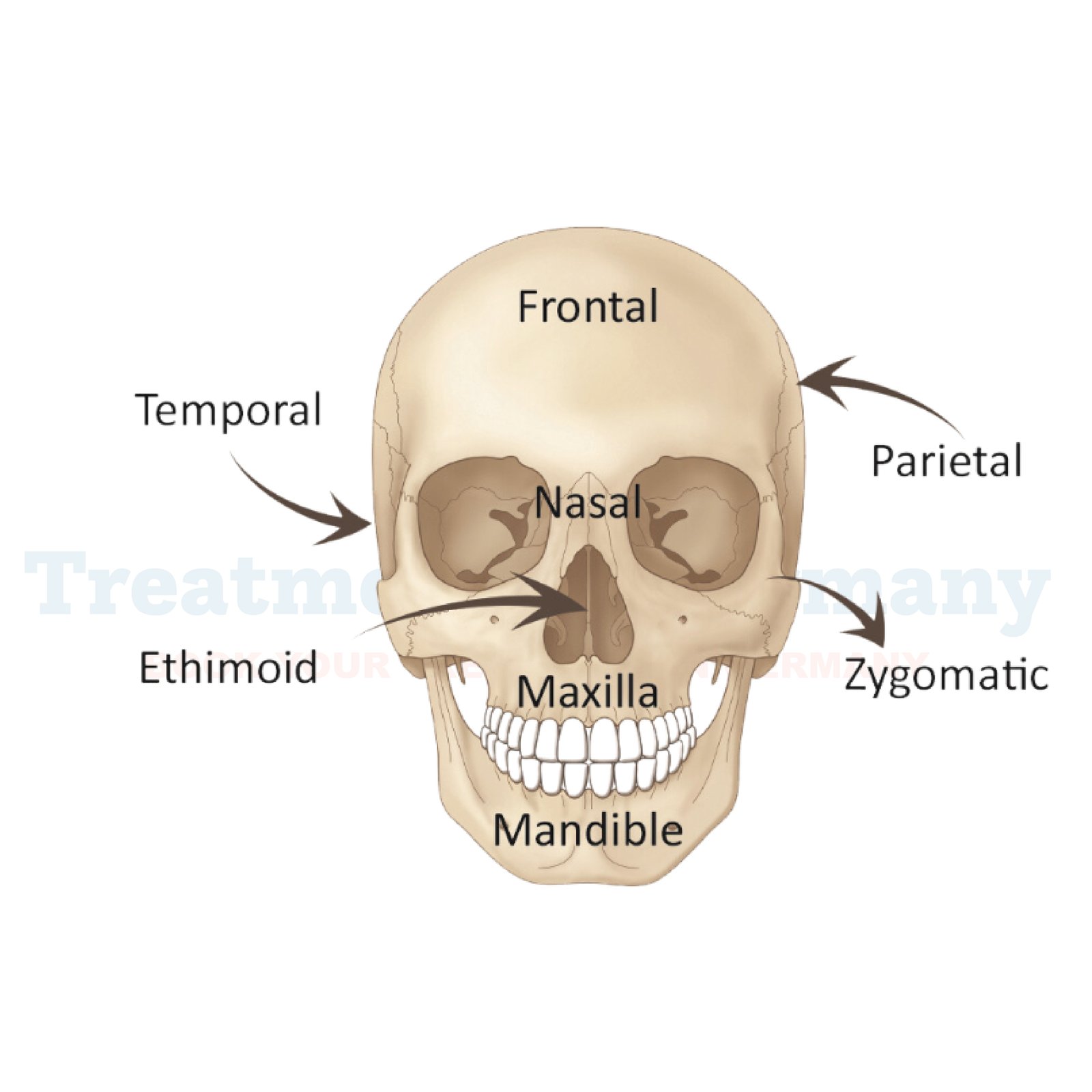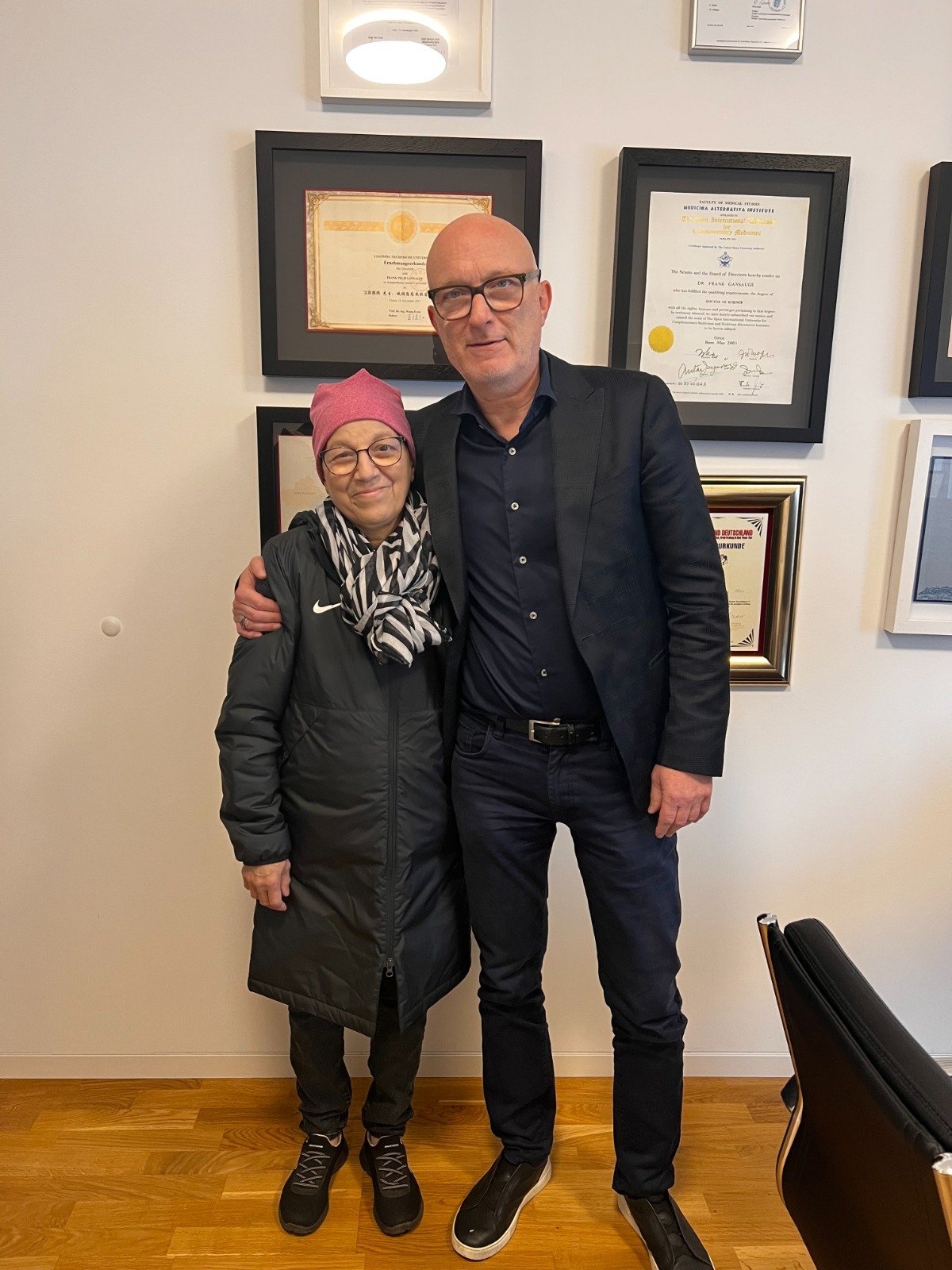Cranial reconstruction refers to surgical procedures aimed at repairing or reshaping the skull after trauma, congenital deformities, or medical conditions like cranial tumors. These procedures restore not only the aesthetics of the skull but also protect the brain and improve overall functionality. With cutting-edge technology, innovative therapies, and world-class surgical expertise, the field of cranial reconstruction has advanced to provide incredible solutions for patients with skull defects or injuries. Germany, renowned for its advanced healthcare system and state-of-the-art medical technology, stands as a global leader in cranial reconstruction.
Unlike general orthopedic procedures, cranial reconstruction deals with the complexities of the skull's structure, requiring precision and expertise. Patients undergoing these surgeries in Germany benefit from cutting-edge imaging, robotic-assisted surgery, and a multidisciplinary approach.
Cranial reconstruction encompasses various surgical approaches, depending on the nature of the defect or injury. Below are the most common types:
Causes of Cranial Defects
Cranial defects or injuries that require reconstruction may be caused by:
Symptoms of Cranial Defects
The symptoms of cranial defect may in severity, however patients with Cranial Defect may experience:
Diagnosis and Diagnostic Tools
Timely diagnosis of cranial defects is critical for effective treatment. Physicians use a comprehensive set of diagnostic tools to determine the extent of the damage and the necessary course of action.
Advancements in imaging technology, such as 3D rendering, allow better pre-surgical planning and accurate design of custom implants.
Treatment for Cranial Defects in Germany
Treatment options for cranial defects are wide-ranging and depend on the severity and nature of the condition. They can include medications, physical therapy, or more advanced procedures.
Medications
Medication might be used to address infections, inflammation, or pain as part of pre- or post-treatment care. Common drug categories include:
Physical Therapy
Physical therapy may be recommended to help patients regain lost motor or cognitive abilities affected by cranial defects. Specialists work closely with individuals to create tailored rehabilitation plans for their needs.
Surgical Treatments
Surgical cranial reconstruction is often necessary for more severe cases. Typical procedures include:
Innovative Therapies
The field of cranial reconstruction is evolving rapidly, bringing forward innovative therapies that improve outcomes:
Why Choose Treatment in Germany?
Germany is a global leader in cranial reconstruction, known for its world-class medical facilities and highly experienced surgeons. Reasons to consider treatment in Germany include:
Germany’s advanced healthcare system has earned a reputation for delivering superior outcomes and improving patients’ quality of life.
Prevention and Management
Although cranial defects and injuries cannot always be prevented, several steps can reduce the risks:
Effective management after cranial reconstruction includes regular monitoring, rehabilitation, and lifestyle adjustments to ensure optimal recovery and functionality.
Conclusion
Cranial reconstruction offers hope and healing to individuals affected by skull defects or injuries. From diagnosing defects to innovative therapies like 3D printing, the field continues to evolve in ways that prioritize better outcomes and improved quality of life. Germany’s expertise in cranial reconstruction makes it one of the world's top destinations for treatment, ensuring access to cutting-edge options and surgical precision.
👉 Contact us for further information and receive a complimentary consultation.

.webp)
.webp)
 (1).webp)
 (1).webp)

.webp)
.webp)
 (1).webp)
 (1).webp)
